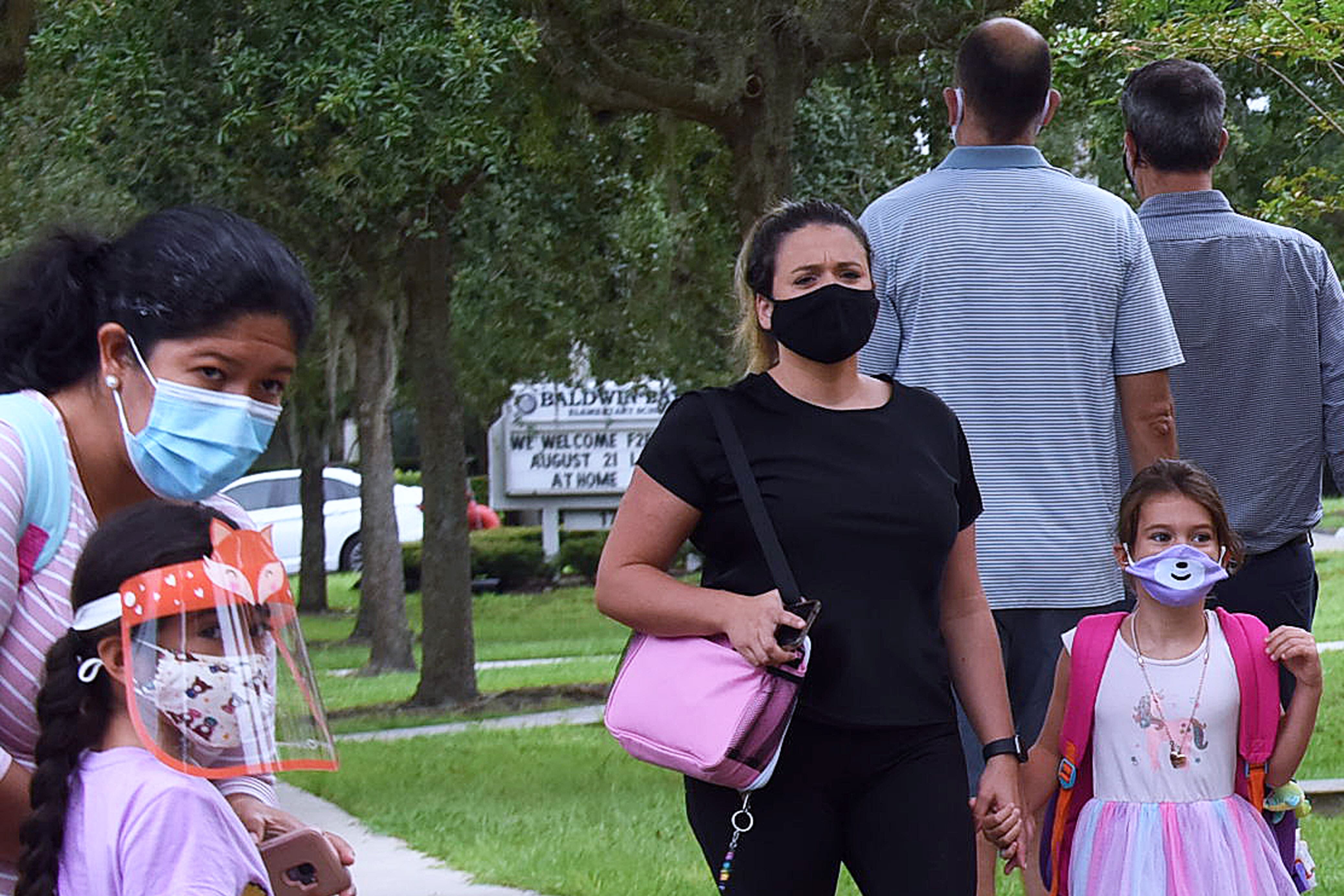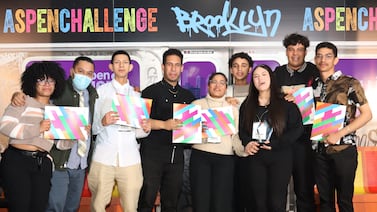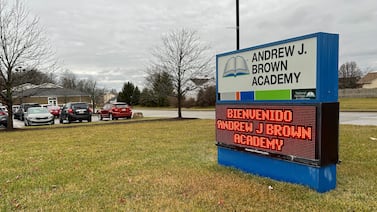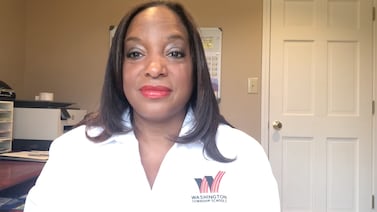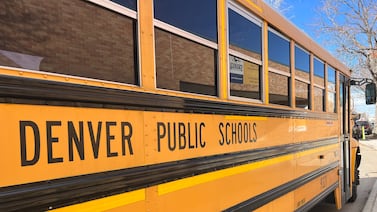As pressure grows for more schools to offer in-person instruction, new data indicates that a surprising share of parents say their child is getting the kind of instruction they want.
Two new, nationally representative polls of American families offer the most detailed look yet at parent sentiment during a long period of educational disruption. They show that parents’ preferences are varied, with the largest group wanting their child to learn from home full-time and substantial numbers preferring either part- or full-time in-person school.
Notably, parents’ preferences mostly match up with their reality — an indication that schools nationwide have been responsive to families as they craft their instructional plans.
The new data is a sign that “districts are doing some things well,” said Janelle Scott, an education professor at the University of California Berkeley. “That’s not to say districts are doing everything well. There have been both very public stumbles and more local stumbles that people have rightly been frustrated with.”
A sizable minority of parents want more in-person instruction for their children, though their numbers appear somewhat more modest than their presence in the national political debate. The polls also offer some evidence that white and high-income families are the most likely to want a kind of instruction that their child is not receiving.
One poll, the University of Southern California’s Understanding America Study, asked parents starting in late January how their child was learning — in person, remotely, or a hybrid. Then parents were asked what they would want for their child if they could choose any option.
Three-quarters said their child was receiving the type of instruction they wanted, according to an analysis of the data done at Chalkbeat’s request.
Fifteen percent of parents wanted more in-person instruction. Another 10% actually wanted less in-person learning, perhaps because some schools are not offering a remote option or are pressuring reluctant families to send their kids into buildings.
A separate poll, released by the National Parents Union, found strikingly similar results. In mid-January, roughly two-thirds of public school parents were getting the kind of schooling that they preferred for their kids, according to a Chalkbeat analysis of the data. About one in five parents wanted more in-person instruction, while about one in 10 wanted less.
Of course, parents’ views can change, and they may be influenced by a flurry of recent events: new CDC guidance, a general trend toward opening buildings as COVID cases decline, and high-profile criticism of teachers unions that have resisted returning to buildings.
“It’s really important to note the timing of this data,” said Anna Saavedra, a research scientist who helped design the education questions in the USC poll. “There’s likely to be a lot of changes in these preferences.”
Notably, though, her poll has found that the share of parents getting the type of instruction they want has remained consistent since November, at about 70%, even as school openings have ebbed and flowed.
The numbers are surprising in some respects. The issue has become a focus of national politics, with the Biden administration making school reopening a top priority as Republicans look to use the issue to win over suburban voters. High-profile clashes over schools in cities like Chicago and San Francisco have attracted widespread attention.
“That’s where all the political fights have been,” said John Bailey, a visiting fellow at the American Enterprise Institute, a conservative think tank. “It’s created the most heat, so it’s attracted the most attention.”
The reality is that parents’ views are varied, and in many parts of the country, students have been going to school buildings for months. Elsewhere, parents have largely backed schools’ decision to remain remote, with those sentiments to a large extent tracking local political views.
The polling data also shows that millions of parents do want more in-person instruction, as remote students struggle academically and with social isolation and parents struggle without child care and other crucial support schools provide. It also suggests that those parents may have outsized sway with politicians. Those hoping for better remote instruction, who are disproportionately families of color, have gotten less attention.
“If you take a look at the demographics of the parents who want high-quality remote instruction and they want to hold onto that until they feel safe, I think the answer lies in there,” said Keri Rodrigues, president of the National Parents Union.
That’s not to say families of color are monolith. “There are parents of color who have kids in school as well,” said Scott. “It’s important not to disappear those folks.” Some places that have opened buildings have said it’s critical to give parents that option, even if only small numbers choose to send their children in.
The results also might also help explain something of a puzzle: Even as criticism of teachers unions has ratcheted up in the media, parents and the broader public to date have largely been unmoved, according to other polls. That could be because many parents agree with teachers’ concerns about in-person instruction.
“I don’t think the word ‘teachers union’ is the same sort of lightning rod for parents and communities that it is for people in think tanks and advocacy groups,” said Scott.
A separate question is whether parents are satisfied with the quality of instruction their child is receiving. Most say they are, to some degree, but satisfaction is lower among families whose children are learning online for part or all of the week. Rodrigues says that whether or not schools open their buildings, they need to offer high-quality virtual learning.
“Just because you’re offering live in-person instruction doesn’t mean you get to say ‘if you choose remote, you get the crappier option,’” said Rodrigues. “That’s not going to work.”


